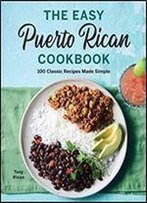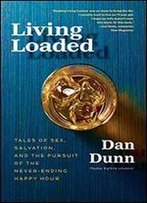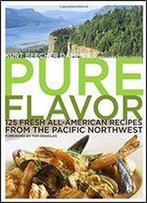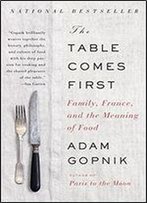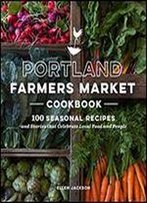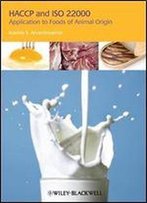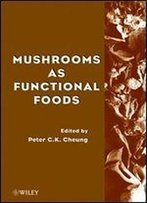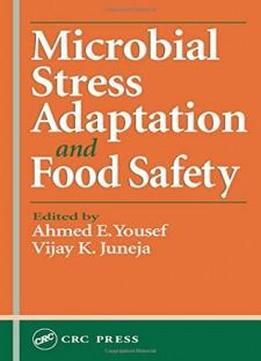
Microbial Stress Adaptation And Food Safety
by Ahmed E. Yousef /
2002 / English / PDF
3.6 MB Download
The first book to address the subject, Microbial Stress Adaptation
and Food Safety emphasizes the implications of stress adaptation
and its consequences for food safety. It covers the basic science,
kinetics, mechanisms, assessment, and control of stress adaptation
and its impact on the safety of foods produced by minimal
processing or non-thermal technologies. World renowned experts in
the field provide detailed accounts of problems associated with
stress adaptation and suggest methods for overcoming these
problems.
The first book to address the subject, Microbial Stress Adaptation
and Food Safety emphasizes the implications of stress adaptation
and its consequences for food safety. It covers the basic science,
kinetics, mechanisms, assessment, and control of stress adaptation
and its impact on the safety of foods produced by minimal
processing or non-thermal technologies. World renowned experts in
the field provide detailed accounts of problems associated with
stress adaptation and suggest methods for overcoming these
problems.
The book begins with an introduction to the stress adaptation
phenomenon and its implications for the safety of food processed by
novel technologies. Then it addresses the responses of pathogens to
physical and chemical stresses encountered during food processing,
such as heat, pressure, dehydration, radiation, added organic
acids, and naturally occurring antimicrobials. The adaptation of
food microbiota to stress as a survival strategy is covered next,
followed by an examination of the broad spectrum of stresses that
may increase a pathogen's tenacity and resistance to
processing.
The book begins with an introduction to the stress adaptation
phenomenon and its implications for the safety of food processed by
novel technologies. Then it addresses the responses of pathogens to
physical and chemical stresses encountered during food processing,
such as heat, pressure, dehydration, radiation, added organic
acids, and naturally occurring antimicrobials. The adaptation of
food microbiota to stress as a survival strategy is covered next,
followed by an examination of the broad spectrum of stresses that
may increase a pathogen's tenacity and resistance to
processing.
Other topics include stress adaptation of beneficial lactic acid
bacteria and how resistance or adaptation to stress in the
processing environment relates to pathogens' ability to cause
disease. Finally, the book presents strategies to overcome stress
adaptation in foodborne pathogens. The authors suggest practical
control measures and emphasize the need for future research to
counteract the stress adaptation phenomenon.
Other topics include stress adaptation of beneficial lactic acid
bacteria and how resistance or adaptation to stress in the
processing environment relates to pathogens' ability to cause
disease. Finally, the book presents strategies to overcome stress
adaptation in foodborne pathogens. The authors suggest practical
control measures and emphasize the need for future research to
counteract the stress adaptation phenomenon.
Microbial Stress Adaptation and Food Safety proposes practical
solutions to microbial stress adaptation and its hazardous effects
on food safety and human health.
Microbial Stress Adaptation and Food Safety proposes practical
solutions to microbial stress adaptation and its hazardous effects
on food safety and human health.


